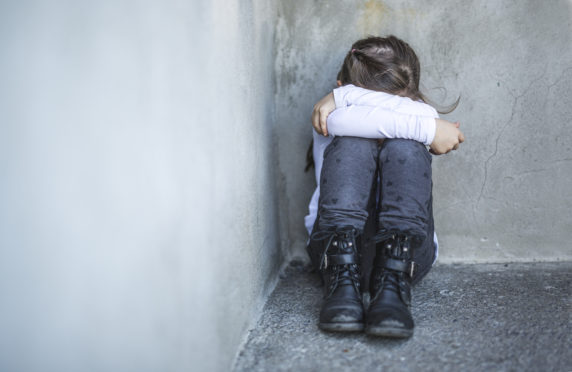
Child poverty is increasing and will hit a 20-year high, pushing an extra 60,000 children into poverty, the Scottish Government has been warned.
Rising levels of child poverty over the next five years will mean the Scottish Government will miss its target by 100,000 children, according to research by the Resolution Foundation.
The latest figures show that relative child poverty has been increasing since 2011-12, with 23% of children living in poverty in Scotland in 2016-17.
Projections from the think tank expect a rise to continue over the next five years, reaching 29% by 2023-24.
This increase would see almost 300,000 children – an additional 60,000 youngsters – living in relative poverty, in families on less than 60% of median household incomes.
The Scottish Government’s own child poverty act sets a target of reducing relative child poverty to below 18% by 2023-24, and to below 10% by 2030-31, alongside targets to reduce absolute poverty, persistent poverty and material deprivation.
If child poverty rates do increase to the levels forecast by the Resolution Foundation, the Scottish Government would miss its target by more than 100,000 children.
While UK-wide benefit policies are blamed for driving up poverty in Scotland and the rest of the UK, the Scottish Government “has not announced plans remotely large enough to counteract that rise,” the Foundation claims.
It says that while it will require radical policy changes from the Scottish Government to reverse the rise in child poverty, ministers are not powerless to act in order to make progress on its child poverty targets.
However, they note that a new ‘Income Supplement’ – due to be introduced by 2022 – could help reduce, or limit, rises in child poverty if it is sufficiently ambitious.
Adam Corlett, senior economic analyst at the Resolution Foundation, said: “Child poverty across Scotland is on course to rise substantially in the coming years, and risks reaching a 20-year high by 2023.
“This would mean a further 60,000 children across Scotland falling below the poverty line, and the Scottish Government missing its target to reduce child poverty by over 100,000 children.
“This worrying rise in poverty is almost entirely driven by UK-wide decisions, such as the £12 billion worth of working-age benefits cuts. But that doesn’t mean policy makers in Scotland are powerless to respond.
“If the Scottish Government is to meet its ambitious – and welcome – child poverty reduction targets, it will need to implement much more radical changes to social security than it has done to date.”

Enjoy the convenience of having The Sunday Post delivered as a digital ePaper straight to your smartphone, tablet or computer.
Subscribe for only £5.49 a month and enjoy all the benefits of the printed paper as a digital replica.
Subscribe